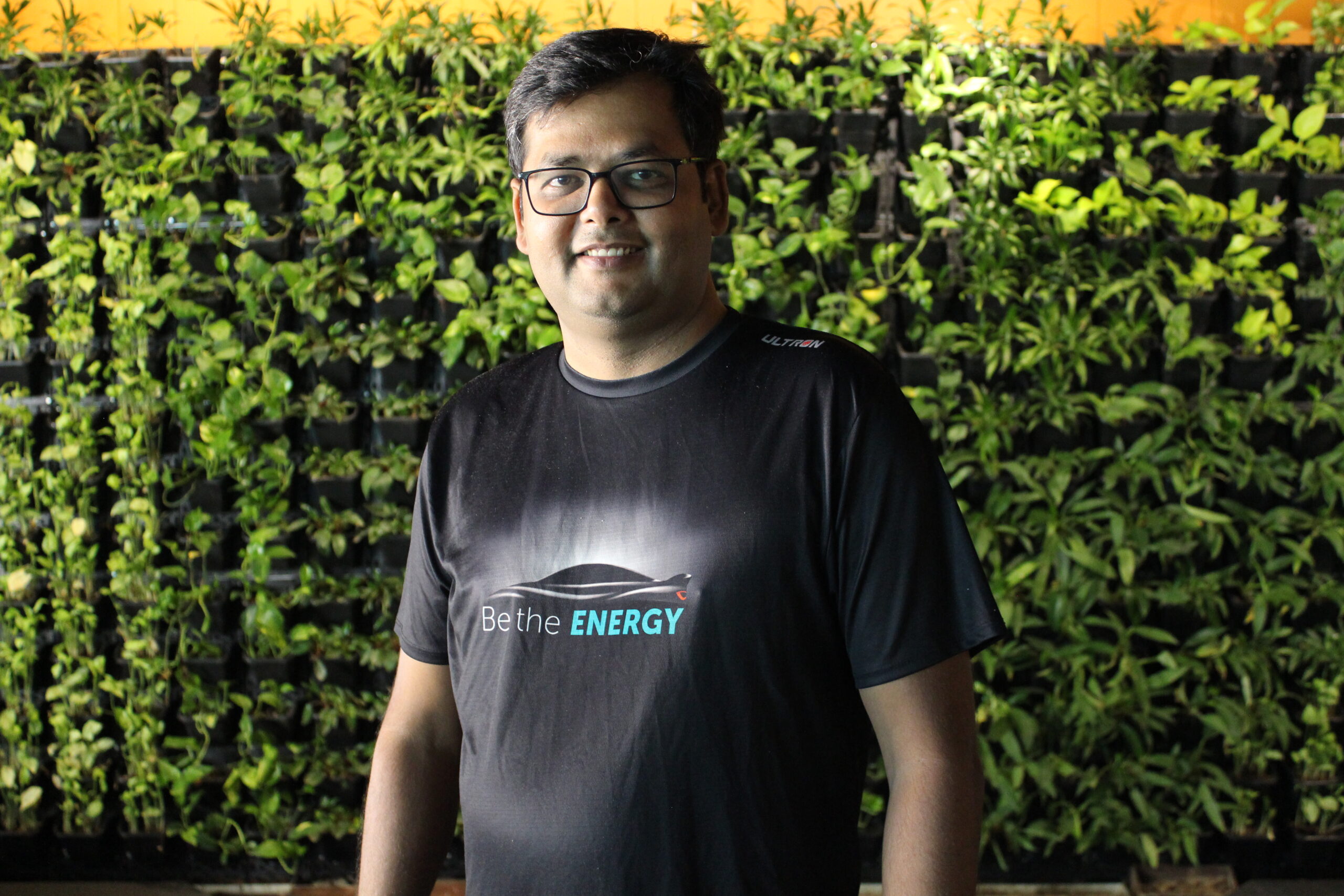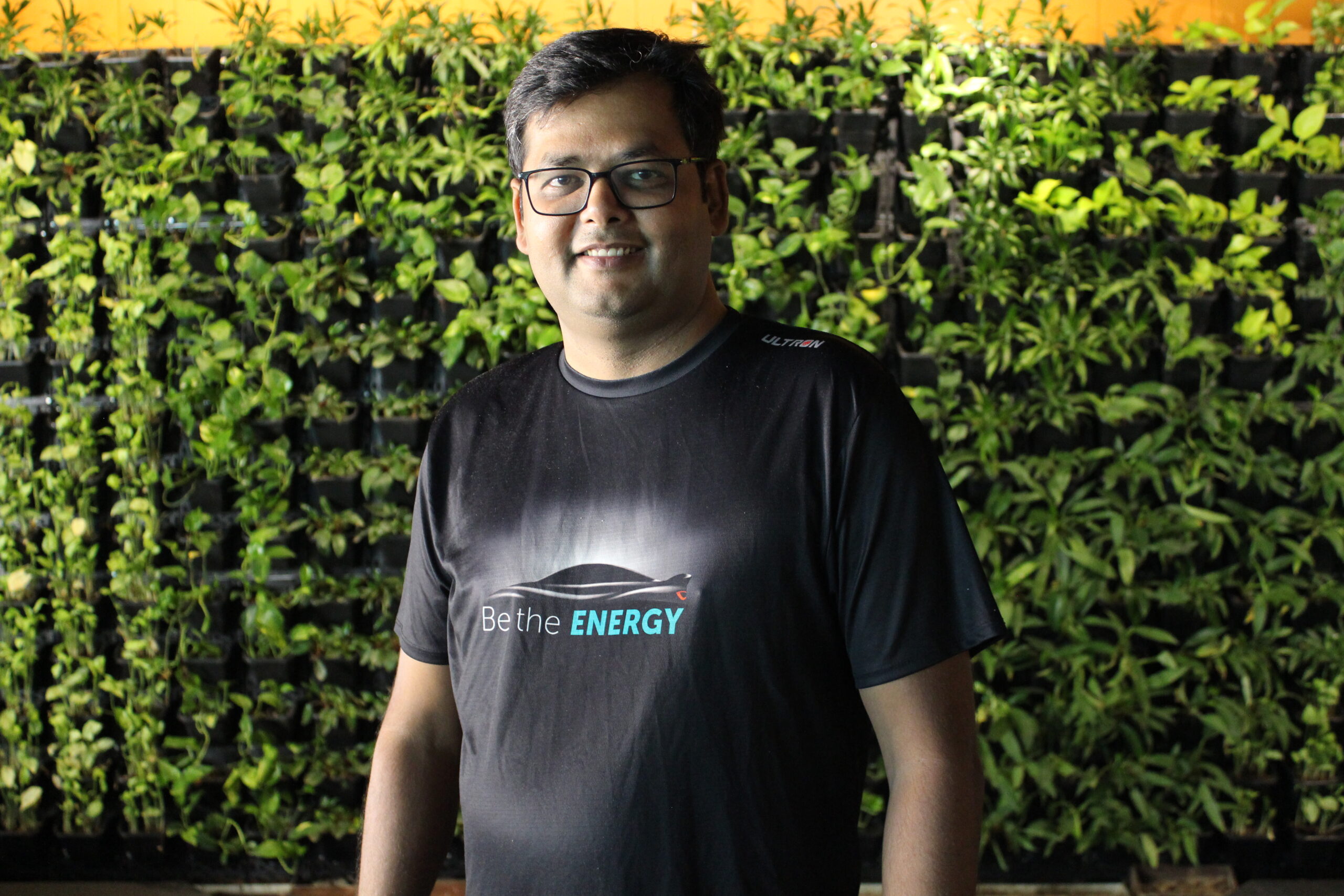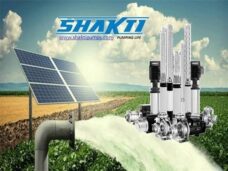Highlights :
- The financing solutions from Amplus’s clean mobility arm seek to take away every key risk for the user.
- That is a brave move that will be watched very carefully.

By Abhishek Dabas, COO, Amplus Solar’s Clean Mobility Arm
The availability of low-cost financing is one of the biggest barriers to growth, especially for individuals and small business owners. This becomes more visible whenever there are new opportunities for growth that don’t come everyday. It is frustrating for those affected to see access to financing make such a huge, unfair difference. It hurts everyone when this difference slows down the adoption of some technologies which are so beneficial to us all.

Take the need to reduce pollution in our cities. Electric vehicles are available. Most, if not all, agree we need them. The government is giving subsidies and even pushing for the adoption of EVs for commercial uses like cabs and cargo deliveries. There is some take-up but nowhere close to what was expected, nowhere close to what is needed. Electric cars are still between 1-2% of total new car sales. 2W EV are at 4-5%.
This gap is more pronounced because those who want to capitalise on the opportunity do not have access to capital and those who have the capital are so entrenched in the past that they are not willing to move faster. They take baby steps when watched and stop when they aren’t. Those who want to electrify their fleets have constraints, and those who don’t want to electrify their fleets have excuses – and it is not easy to distinguish between them. Not till you solve the constraints and take away the excuses.
And at Amplus, this is exactly what we are doing- by offering to take away the risks of adoption and the barriers to financing. Our Vehicle-as-a-Service model is essentially a very flexible operating lease which helps both individuals and businesses ride the electric-vehicle wave to a cleaner future. Small business owners do not need to pause and consider what happens if the demand falls, leaving them with a yard full of unused vehicles; a one-month notice and vehicle utilisation is our headache. They don’t have to ponder over whether the batteries will last the promised years; a low-performance vehicle is our headache. They don’t have to worry if the customer starts asking for a different vehicle; market demand is our headache. Now, a quick look at the mirror can tell them whether the EV revolution is exciting or scary.
Critics, especially NBFCs who just finance (usually at a higher interest rate) and re-possess the vehicles after denting the credit rating of their customer, might say we are working in the wild-west of this new market (we are) and are bound to suffer (we won’t) miss a critical point stated above. The gap is huge, and so is the opportunity. Taking the product risk doesn’t mean the product is risky. Taking the deployment risk doesn’t mean the market is at a risk of faltering soon. New vehicle introductions do not mean the older ones won’t see use cases till their end of life.
Having seen the last-mile and intra-city delivery business up close for three years (including the critical phases during the Covid-19 pandemic), we have started with supporting the cargo delivery segment with our electric 3-Wheelers, but as we go into 2023, we will add support to other markets including passenger cabs. Further, a cleaner future and the cleanest future have a big difference. We understand that the electricity that powers our electric fleet includes thermal in the mix. Hence, wherever the policy and accessibility permit, we will be using solar energy to charge our fleet.
So, if you are a fleet owner who does agree that in a few years, all your vehicles will be electric, reach out and let’s figure it out together. There is no need to grow slow if you have sensed the opportunity and realised the threat it is to those who wait!



























